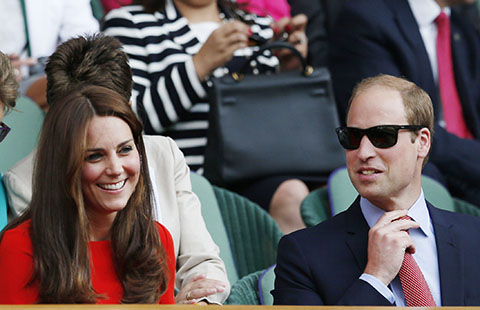


A goal-rich European soccer season suggests Euro 2012 could be a high-scoring tournament, despite the likely preponderance of apparently conservative single-striker formations.
The 2011-12 campaign was one of the most prolific in the modern history of the European game.
Barcelona and Real Madrid both smashed through the 100-goal barrier in La Liga, the Catalans amassing 114 goals and champion Madrid plundering 121 to obliterate the 107-goal season record set by John Toshack's Madrid side in 1989-90.
There were freak scorelines in the English Premier League - notably Manchester United's 8-2 annihilation of Arsenal - and the goals-per-game ratio climbed in all five of Europe's major leagues except the already high-scoring German Bundesliga.
The continent's leading goalscorers sent records tumbling, and not just Lionel Messi and Cristiano Ronaldo, who claimed 96 league goals between them.
Klaas-Jan Huntelaar was the first player to notch 29 goals in Germany since Karl-Heinz Rummenigge in 1981, while his Dutch teammate Robin van Persie became only the fourth player to reach the 30-goal mark in England since 2000.
Despite a steadily diminishing goals-per-game ratio at recent World Cups (from 2.71 in 1994 to 2.27 in South Africa in 2010), the goals do not appear to be drying up in the European Championship.
Euro 2004 and Euro 2008 averaged 2.48 goals per game, which was less than the 2.74 goals per game recorded at Euro 2000 but more than the rather disappointing 2.06 witnessed at Euro 1996 in England; the first tournament to feature 16 teams.
Tactically, the 4-2-3-1 formation is likely to dominate as it did at the 2010 World Cup, where the three European semifinalists - Germany, the Netherlands and eventual champion Spain - all deployed versions of the same system.
That trio is expected to keep faith with the 4-2-3-1 shape, although the approaches will differ: Spain is renowned for their 'tiki-taka' passing style, while Germany and the Dutch rely more on fleetness of foot in attack.
Laurent Blanc's determination to cram as many attack-minded players into his team means that France is likely to stick to the 4-3-3 system that was adopted to impressive effect in a recent 2-0 friendly defeat of Serbia.
Italy was set out in a classically Italian 4-3-1-2 in its only pre-tournament friendly match, against Russia, but the 3-0 defeat inflicted upon it may prompt coach Cesare Prandelli to adapt his approach.
He has hinted he could introduce a three-man defense of Andrea Barzagli, Leonardo Bonucci and Giorgio Chiellini - the Juventus trio who let just 20 goals past it in its side's Serie A title triumph last season.
"There's a block of seven Juve players in the squad and it's thought that the (3-5-2) system would be beneficial for several reasons," says James Horncastle, a soccer writer specializing in Italian soccer.
"The spine of the team has played it often this season; it's fresher and comes easier to them than the 4-3-1-2, which many have had to re-learn; and why not channel the confidence and winning mentality Juve players show and transplant it to Italy?"
England could be one of the few leading sides to play with two central forwards, given new coach Roy Hodgson's long-standing preference for the 4-4-2 formation.
"If you play with two (forwards), you have the added advantage that whoever receives the ball has someone in close support at all times," says Hodgson.
"And if balls are going to be played forward, you've got someone to threaten the back of the defense."
However, Wayne Rooney's absence through suspension for the first two matches of the Euro encouraged Hodgson to experiment in England's warm-up games, with Ashley Young deployed in support of a lone striker in a 4-4-1-1 system in both games.













